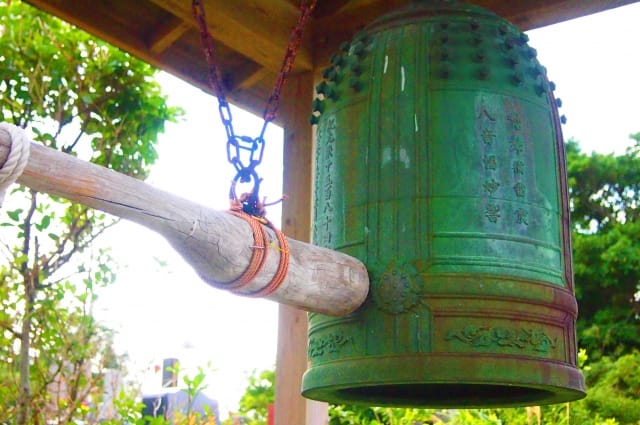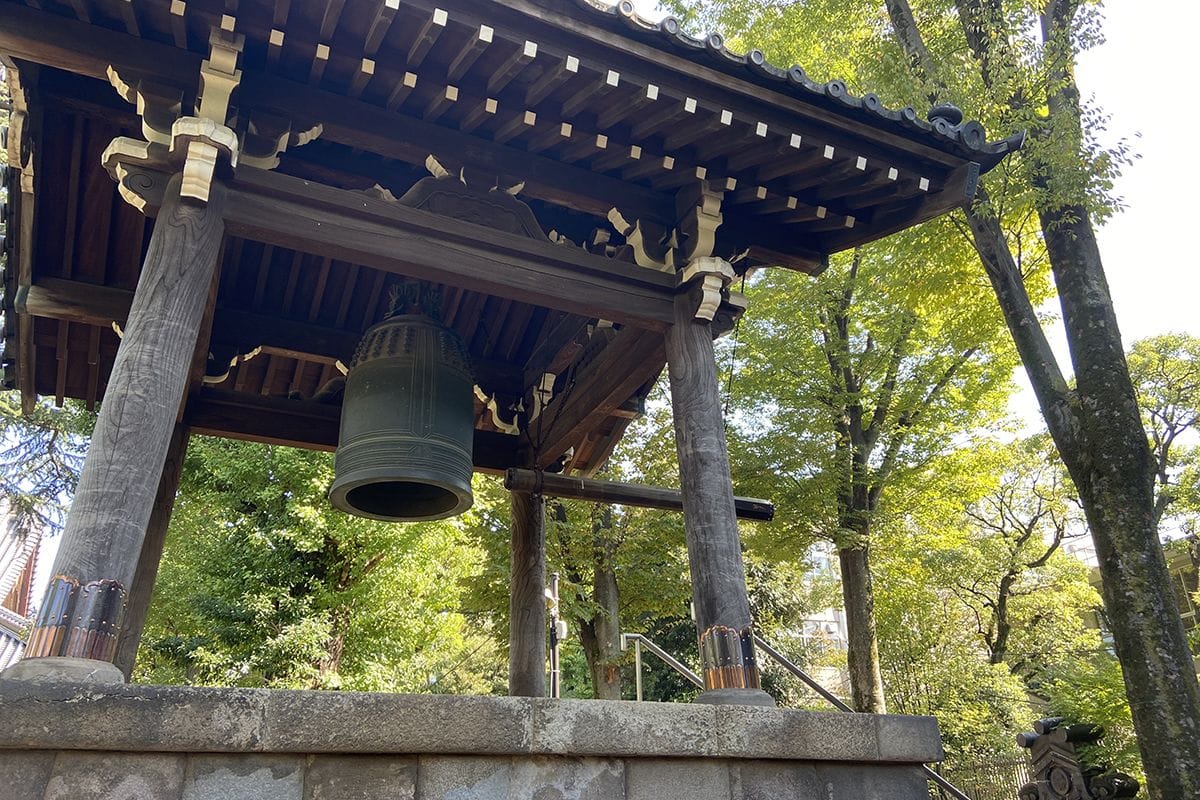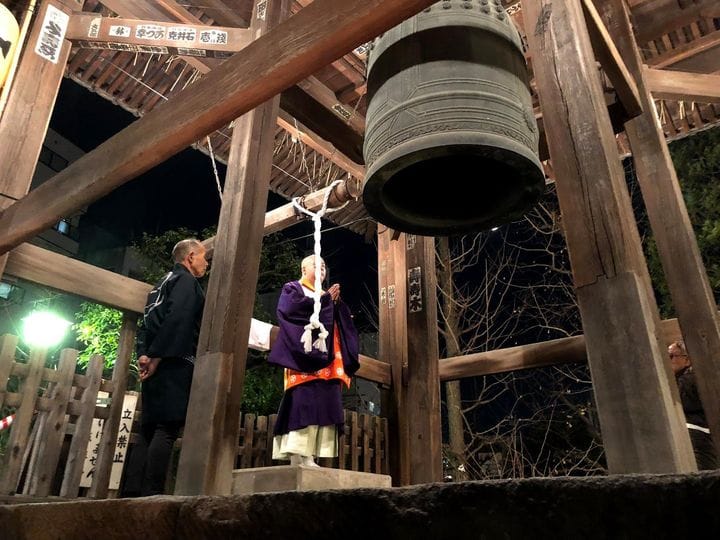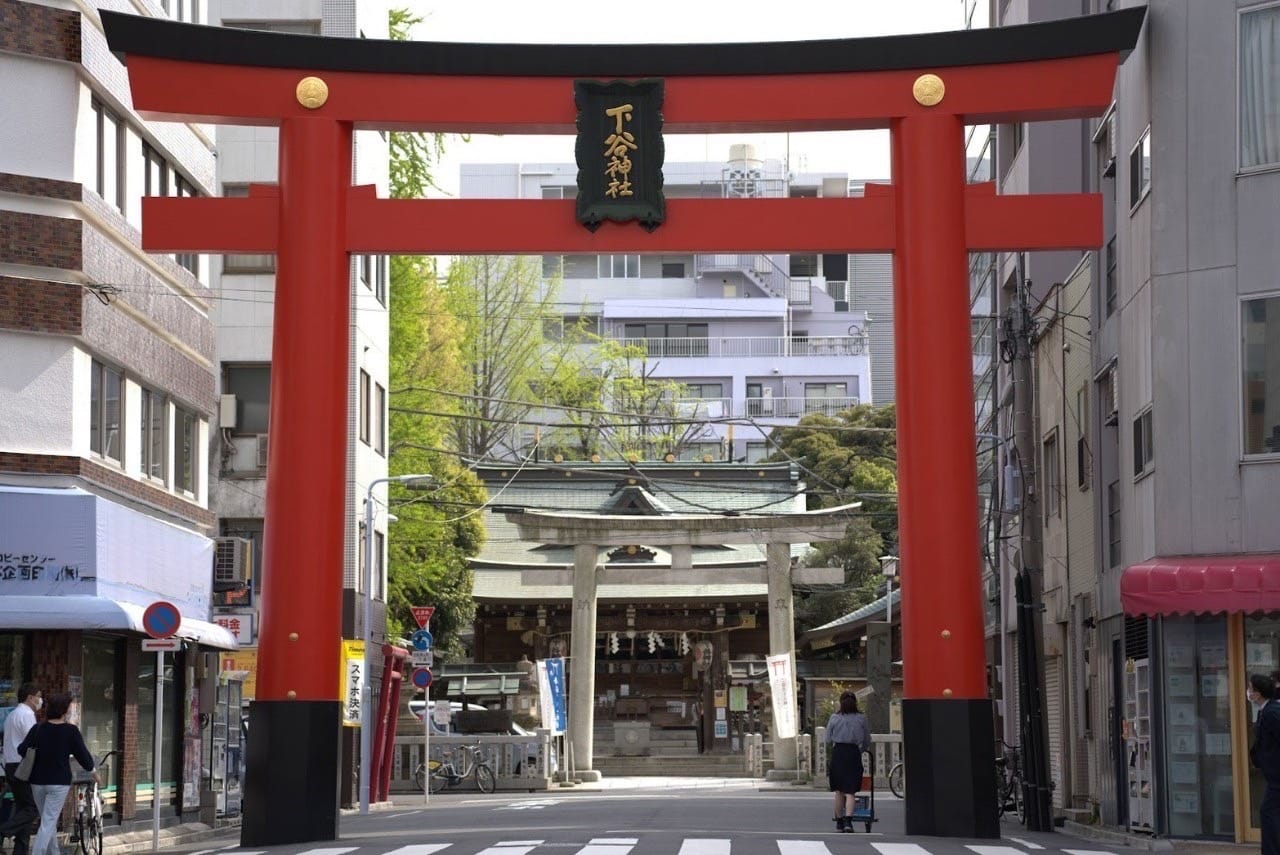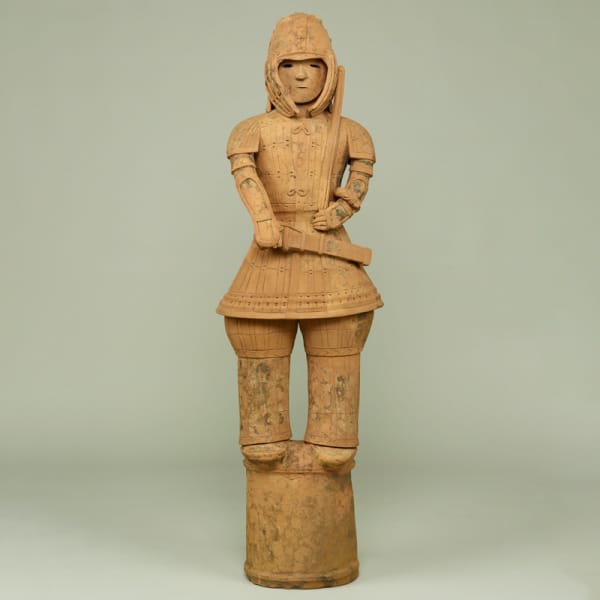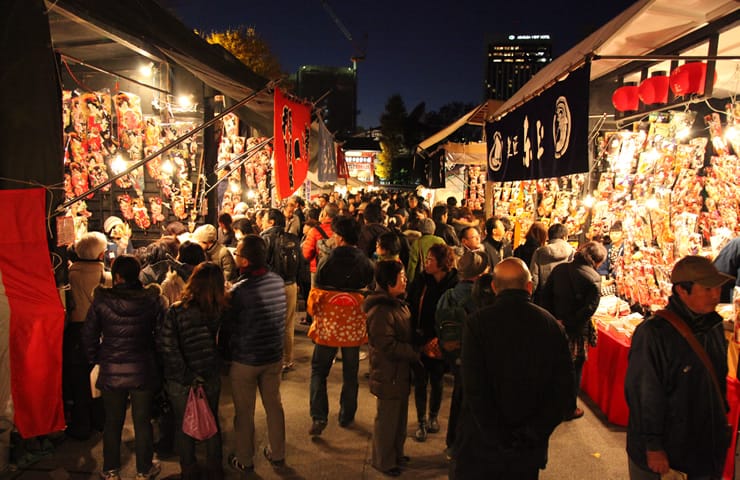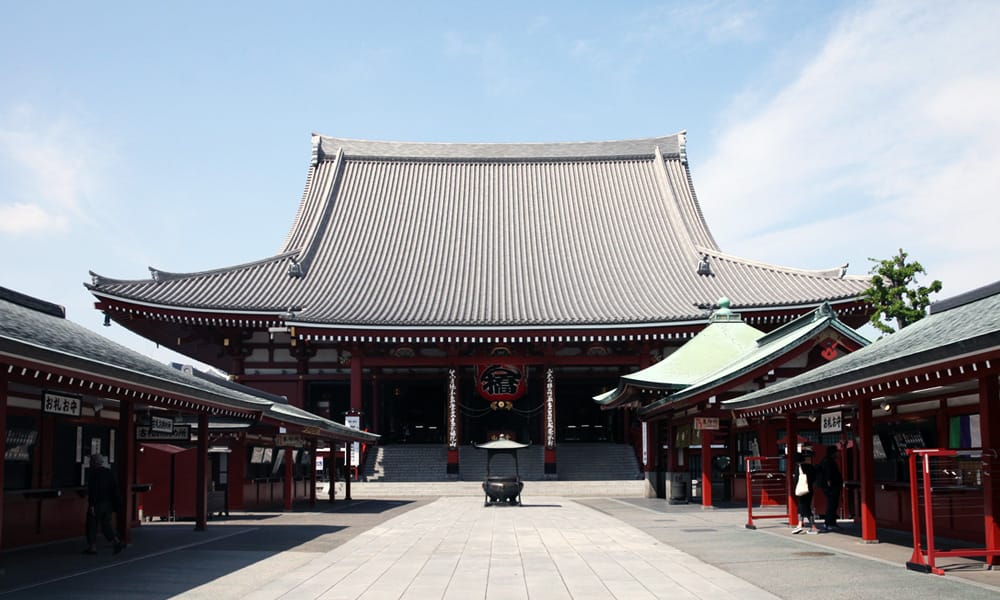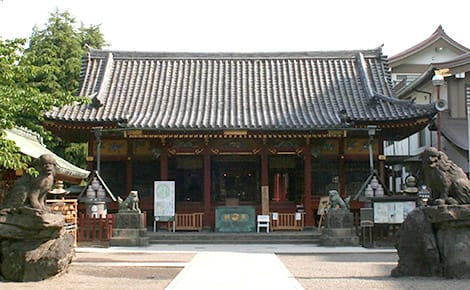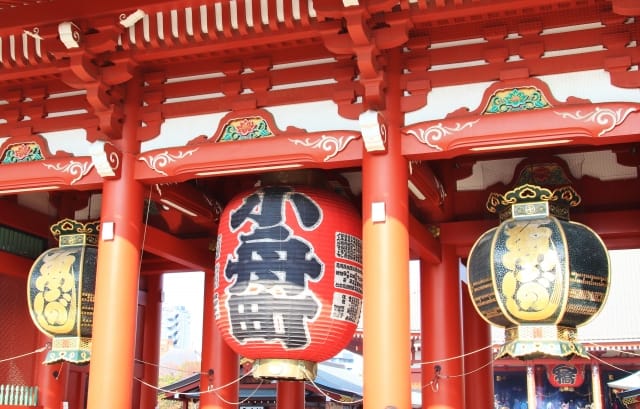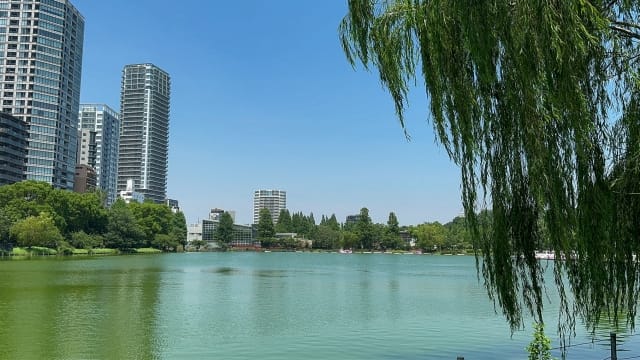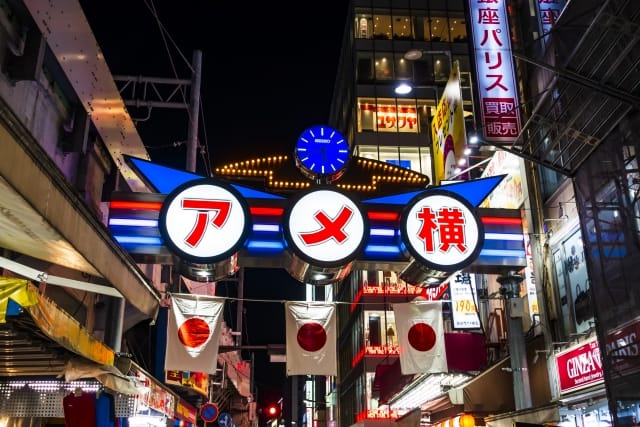Ueno in December 2024: Highlights, Events & Festivals
Winter in Tokyo is a season wrapped in cold, clear air, evoking a true sense of winter. During this time, Ueno is also beautifully adorned with illuminations throughout the streets, creating a lively atmosphere that brings warmth even in the chilly air. As night falls, the entire area is bathed in a fantastical light, offering a different charm from the daytime.
Ueno is an area where culture and nature blend, featuring historic parks, shopping streets, museums, and a zoo, with attractive scenery changing throughout the four seasons. December, in particular, is filled with year-end events, with traditional Japanese events held in various locations, allowing tourists to enjoy seasonal festivities alongside locals.
In this article, we'll introduce in detail the basic information, dates, and access methods for noteworthy spots and events you can enjoy in Ueno in December 2024.
Table of Contents
Traditional Events in Ueno in December 2024
Special Experiences Only in Ueno in December
Festivals and Events in Taito Ward, Where Ueno is Located, in December
Three Recommended Shrines in Taito Ward for Hatsumode on January 1st
Traditional Events in Ueno in December 2024
Joya no Kane (New Year's Eve Bell Ringing)
Joya no Kane is a traditional Buddhist event in Japan. Every year, from the late night of December 31st to January 1st, a ceremony is held at temples where a bell is rung 108 times.
This number, 108, is said to represent the number of worldly desires and troubles that humans possess. By ringing the bell, it's believed that the year's mental distractions and desires are cleansed, allowing one to welcome the new year with a pure heart.
At Toeizan Kaneiji Temple, you can actually ring the Joya no Kane!
Source: Rurubu
At "Toeizan Kaneiji Temple," you can have the special experience of ringing the Joya no Kane on the night of December 31st. To ring the bell, you typically need to apply in advance, starting from December 1st.
The Joya no Kane is held in two places: the "Shorodo" within the Kaneiji Temple grounds and the "Jishodo" in Ueno Park.
The "Jishodo" was selected as one of the "100 Soundscapes of Japan" in 1996. Even today, the bell is rung at 6 AM, 12 PM, and 6 PM, becoming a familiar part of Ueno's daily scenery. The "Shorodo" is within the Kaneiji Temple grounds, allowing you to witness year-end Buddhist rituals up close while ringing the bell.
Bell ringing is a precious traditional Japanese event that can only be experienced at this time of year. If you're interested, please give it a try.
<Information>
Date: December 31, 2024
Access: 10-minute walk from the South Exit of JR "Uguisudani Station"
Admission: Free (However, 3,000 yen is required to ring the bell)
Website: https://kaneiji.jp/#gsc.tab=0
Sensoji Temple's "Hyakuhachie Joya no Kane" with 108 People Taking Turns to Ring the Bell is Also Famous
Source: e-asakusa.jp
The Joya no Kane at Sensoji Temple is rung 108 times by local devotees and people associated with Asakusa.
This bell ringing is called "Hyakuhachie" and involves cultural figures connected to Asakusa, such as Kabuki actors, Rakugo storytellers, and manga artists. While general visitors cannot ring the bell, it's crowded with tourists every year as they can see famous people up close.
The charm of this event lies in sharing a special moment, feeling the arrival of the new year while the solemn sound of the bell echoes. This ceremony, where the powerful sound of the bell resonates in the stillness, marking the end of one year and the beginning of a new one, is a precious opportunity to experience the Japanese New Year tradition.
Please come and experience this traditional Japanese event along with the solemn atmosphere of Sensoji Temple.
<Information>
Date: December 31, 2024
Access: 5-minute walk from Tobu Skytree Line "Asakusa Station"
5-minute walk from Tokyo Metro Ginza Line "Asakusa Station"
5-minute walk from Tsukuba Express "Asakusa Station"
5-minute walk from Toei Subway Asakusa Line "Asakusa Station" Exit A4
Admission: Free
Website: https://www.senso-ji.jp/
Shitaya Shrine Year-End Purification Ritual
Source: Official website
Shitaya Shrine is a historical shrine located in Taito Ward. It has long been cherished by local people and is a place where visitors come to pray for daily needs and important milestones.
On December 31st, a Shinto ritual called "Toshikoshi no Ooharai" is held to cleanse the impurities and sins of the year. This ritual is an indispensable traditional event for purifying people's hearts and bodies to welcome the new year.
On this day, visitors bring their old amulets (Omamori) and talismans (Ofuda) to the shrine, where they are burned in a fire. Japanese amulets and talismans are items bestowed by shrines and temples that are believed to provide divine protection. Therefore, a ritual called "Otakiage" is performed to carefully dispose of them with the feeling of "Thank you for protecting me throughout this year."
If you visit Shitaya Shrine at the end of the year, you can experience the impressive sight of local people expressing gratitude for safely spending the year at home and praying for good health in the new year. Please come and feel the traditional Japanese way of welcoming the new year.
<Information>
Date: December 31, 2024
Access: 6-minute walk from JR Yamanote Line "Ueno Station"
2-minute walk from Subway Ginza Line "Inaricho Station"
5-minute walk from Oedo Line "Shin-Okachimachi Station"
2-minute walk from "Shitaya Shrine Mae" bus stop on Toei Bus
Admission: Free
Website: https://shitayajinja.or.jp/
Special Experiences Only in Ueno in December
Ueno Hanatoro Ukiyoe Andon
Source: 4 Travel
"Ueno Hanatoro Ukiyoe Andon" is a special event that can only be experienced in winter at Ueno Onshi Park.
About 200 lanterns (Andon) decorated with ukiyo-e prints are set up throughout the park, allowing visitors to enjoy a fantastical night landscape different from the daytime.
Andon are traditional Japanese lighting fixtures that emit soft light through paper or fabric shades. The shades are designed with ukiyo-e prints depicting Japanese customs, beautiful women, and landscapes from the 17th to 19th centuries, each offering a different ambiance to enjoy.
Unlike the bright illuminations of the city, you can spend a special time relaxing in the quiet, warm Japanese-style light. Take a stroll through Ueno Onshi Park on a winter night in Ueno, enjoying the beautiful scenery where history and fantasy intertwine.
<Information>
Date: Typically from early November to late February
Access: 4-minute walk from JR/Keisei Line "Ueno Station"
Admission: Free
Special Exhibition "Haniwa" Commemorating the 50th Anniversary of National Treasure Designation
Source: Official website
This special exhibition celebrates the 50th anniversary of the registration of haniwa as National Treasures. Haniwa are terracotta figures that were placed around the burial mounds of kings in Japan from the late 3rd to 6th centuries.
The National Treasure designation is given to "Keiko no Bujin," considered the masterpiece among haniwa. It depicts a warrior in full armor, holding a sword and bow and arrow.
The special exhibition at the Tokyo National Museum brings together various types of haniwa excavated from across Japan during the same period, as well as ornaments worn by kings of the time.
This special exhibition is an excellent opportunity to gain deep insights into ancient Japanese culture. Through the exhibits, you can experience the life and beliefs of ancient Japan.
<Information>
Date: October 16, 2024 - December 8, 2024
Access: 10-minute walk from JR "Ueno Station" Park Exit / 10-minute walk from "Uguisudani Station" South Exit
15-minute walk from Tokyo Metro Ginza Line/Hibiya Line "Ueno Station" / 15-minute walk from Chiyoda Line "Nezu Station"
15-minute walk from Keisei Electric Railway "Keisei Ueno Station"
Take the Taito City Loop Bus "Tobu Meguririn" from "Ueno Station Iriya Exit" or "JR Ueno Station Park Exit" on the "Ueno Park via Misakizaka Round Trip Route" and get off at "Tokyo National Museum"
Admission: General 2,100 yen (Advance tickets 1,900 yen)
University students 1,300 yen (Advance tickets 1,100 yen)
High school students 900 yen (Advance tickets 700 yen)
Website: https://www.tnm.jp/modules/r_free_page/index.php?id=2660
Festivals and Events in Taito Ward, Where Ueno is Located, in December
Toshi no Ichi
Source: Official website
"Toshi no Ichi" is a year-end market held at Sensoji Temple from December 17th to 19th every year, widely known as a year-end tradition.
Within the grounds of Sensoji Temple, stalls selling New Year's decorations, food items, and daily necessities line up, creating a lively atmosphere. "Hagoita" paddles, which have meanings of warding off evil and misfortune, are also sold, and due to their gorgeous appearance, the market is also called "Hagoita Ichi."
In Japan, there is a custom of purchasing new daily items to welcome the new year. Therefore, this market is bustling with people preparing for the new year. You can actually experience the preparations for the Japanese New Year.
The hagoita are decorated with three-dimensional designs typical of Japan, such as Kabuki actors and women in furisode (a type of kimono), making them attractive as traditional Japanese crafts. They are recommended as souvenirs or interior decorations.
Three Recommended Shrines in Taito Ward for Hatsumode on January 1st
Hatsumode is a traditional Japanese custom of visiting a shrine or temple for the first time in the new year.
Usually performed between January 1st and 3rd, people pray to the gods and Buddhas for safety and good fortune in the new year. For Japanese people, Hatsumode is a long-standing tradition and an important ritual for welcoming the new year with a pure heart.
Hatsumode has the meaning of settling the past and resetting one's mind for the new year. Through this custom, many people prepare to face the beginning of the year with a positive attitude.
Now, let's introduce some recommended spots for Hatsumode.
Sensoji Temple
Source: Official website
Sensoji Temple, founded in 628, is one of the oldest temples in Tokyo. It's an iconic spot in Taito Ward that attracts many worshippers from both Japan and abroad.
Many people visit for Hatsumode to renew their resolutions and wishes for the new year. After praying, it's a Japanese custom to draw an omikuji (fortune slip) to divine one's fortune for the new year and purchase amulets to pray for good health and safety in the coming year.
Along with Hatsumode, you can also enjoy historical buildings and atmospheric streetscapes such as the Kaminarimon Gate and Nakamise Street.
By experiencing Hatsumode while immersing yourself in the traditional Japanese culture at Sensoji Temple, you can start your new year in a special way.
Address: 2-3-1 Asakusa, Taito-ku, Tokyo
Phone: 03-3842-0181
Official Website: https://www.senso-ji.jp/
Asakusa Shrine
Source: Official website
Asakusa Shrine is located next to Sensoji Temple and enshrines three deities. Many worshippers visit for Hatsumode, and you can enjoy a lively and energetic New Year's scene along with Sensoji Temple.
Unlike temples, the worship etiquette at shrines involves bowing twice, clapping twice, and then bowing once more. Visiting both Sensoji Temple and Asakusa Shrine provides a valuable opportunity to experience different Japanese religious cultures simultaneously.
During the Hatsumode period, you can also see up close the mikoshi (portable shrines) used in the Sanja Matsuri, Asakusa Shrine's festival held in May. From their gorgeous decorations, you can appreciate the beauty of traditional Japanese craftsmanship and artisanal skills.
Please make sure to stop by Asakusa Shrine while visiting Sensoji Temple.
Address: 2-3-1 Asakusa, Taito-ku, Tokyo
Phone: 03-3844-1575
Official Website: https://www.asakusajinja.jp/
Kaneiji Temple
Source: Official website
Kaneiji Temple was built to enshrine Tokugawa Ieyasu, who founded the Edo Shogunate in 1603.
The greatest charm of Hatsumode at Kaneiji Temple is that you can welcome the new year in a quiet and solemn atmosphere while feeling Japan's history and tradition. Unlike other bustling Hatsumode spots, Kaneiji Temple has a calm atmosphere, recommended for those who want to pray leisurely.
Beautiful gardens and historical buildings are scattered throughout the grounds, allowing you to experience Japanese history and culture while strolling. It's an ideal place for those who want to calm their minds in a quiet environment and start the new year with a pure feeling.
Please come and experience the traditional Japanese start of the new year at Kaneiji Temple.
Address: 1-14-11 Ueno Sakuragi, Taito-ku, Tokyo
Phone: 03-3821-4440
Official Website: https://kaneiji.jp/#gsc.tab=0
